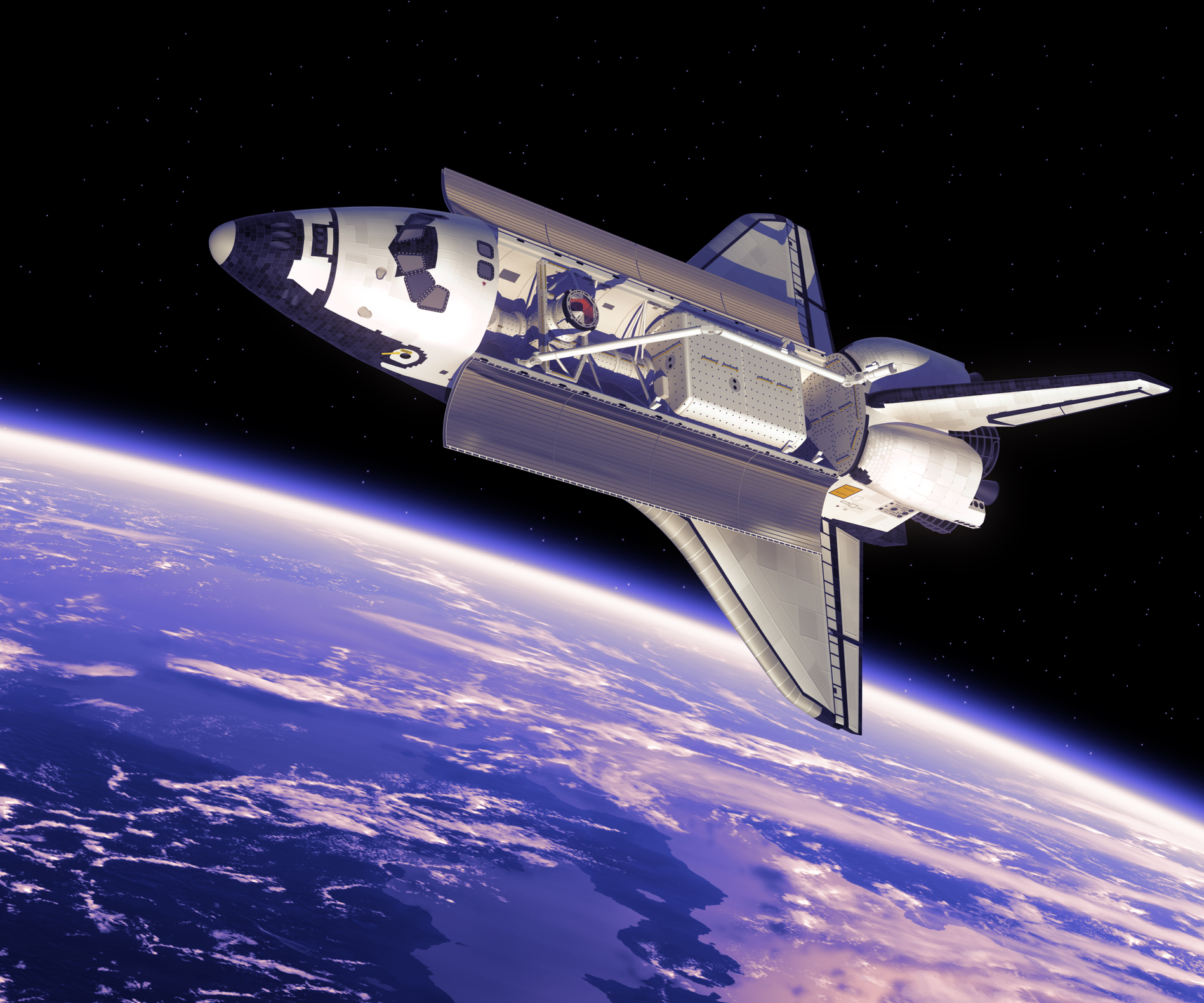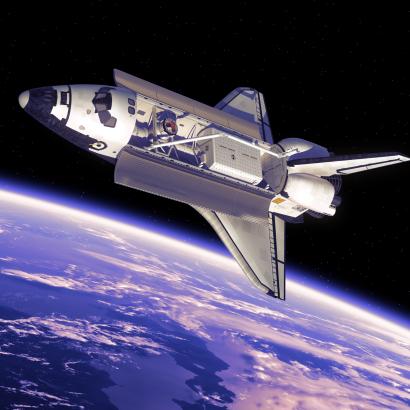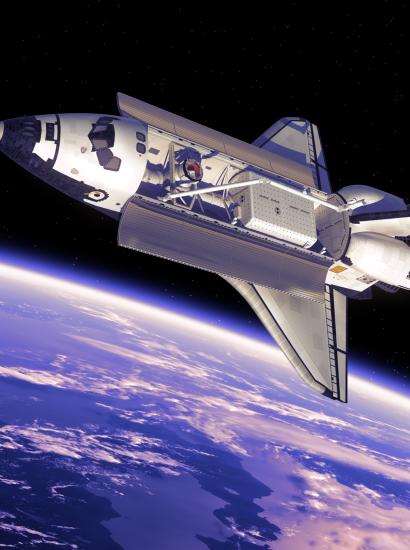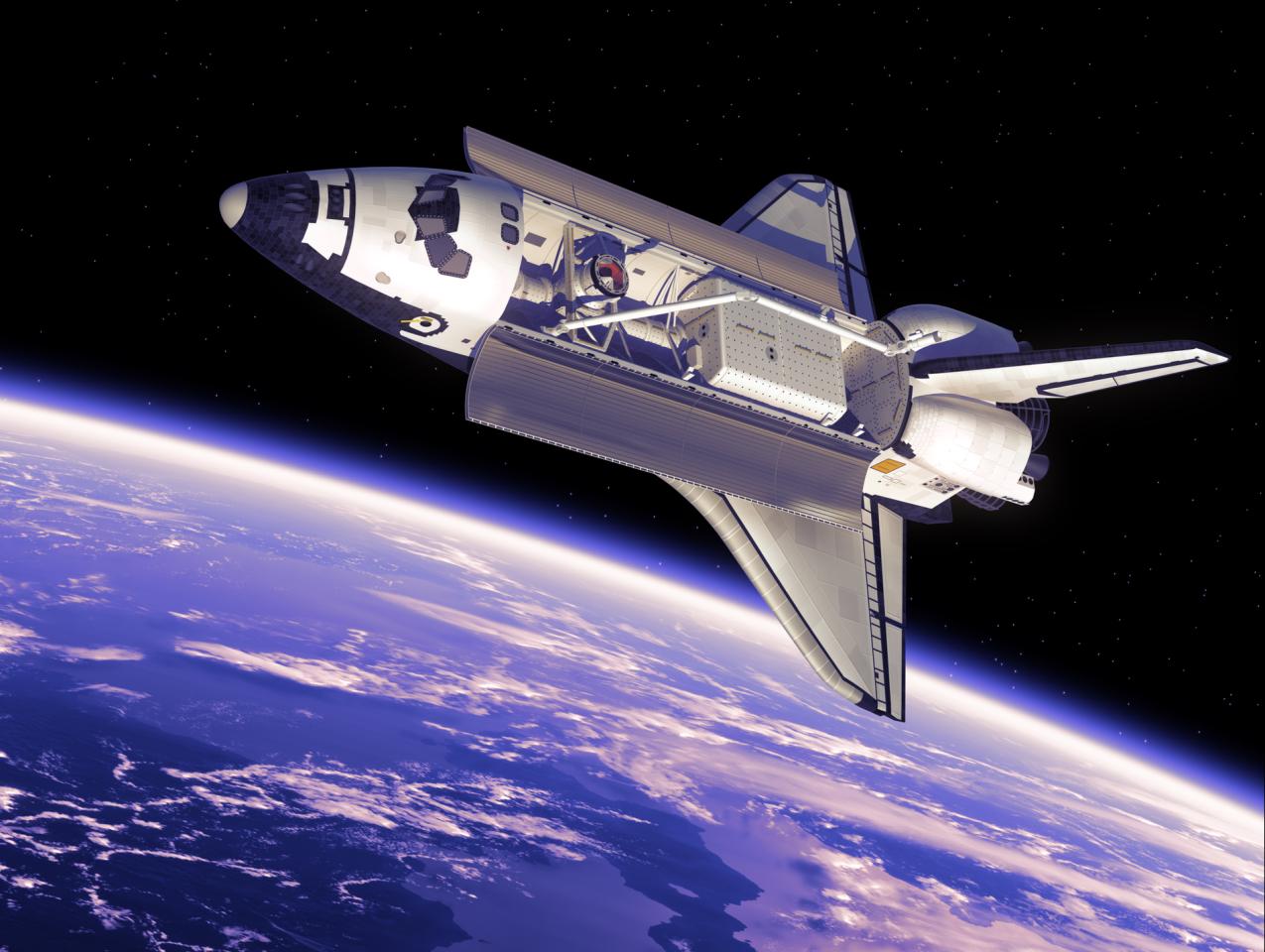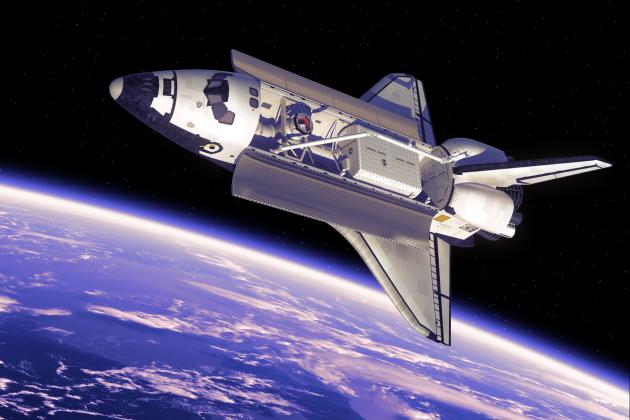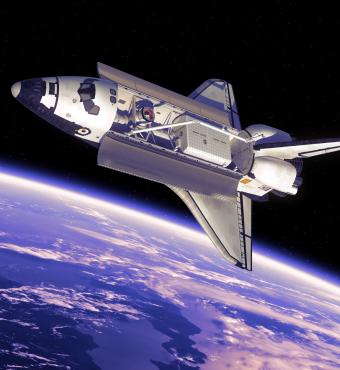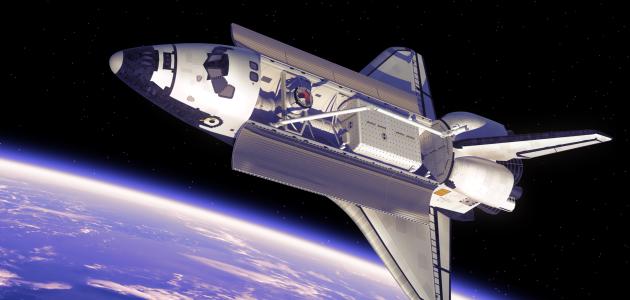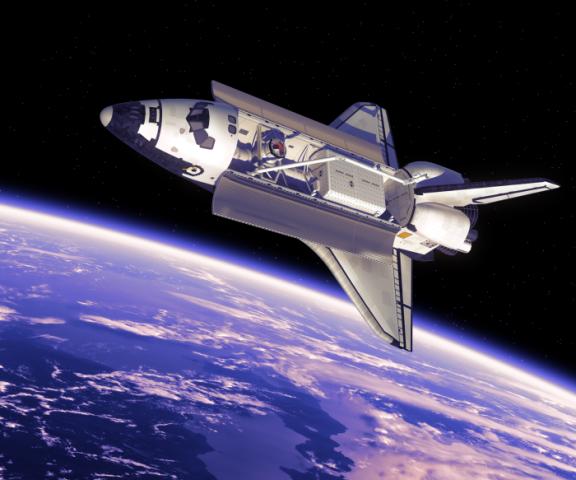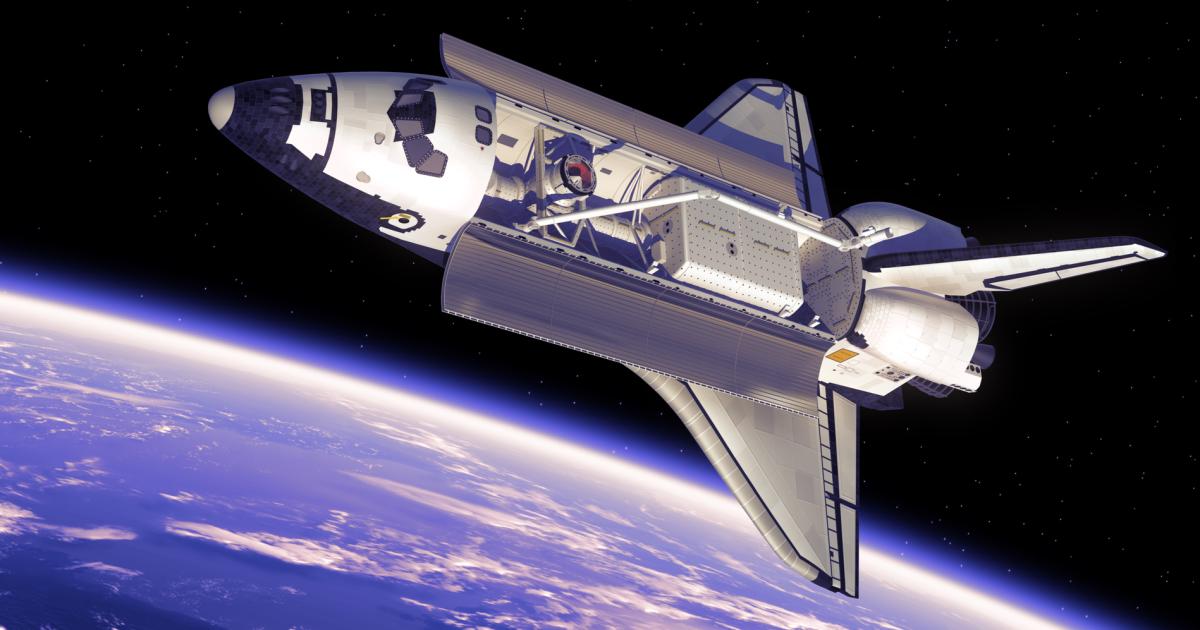- Politics, Institutions, and Public Opinion
- Campaigns & Elections
- Congress
- State & Local
- California
This being Valentine’s Day, I’m guessing that House Speaker Nancy Pelosi isn’t sending much affection Rep. Alexandria Ocasio-Cortez’s way—even if Pelosi did applaud in her direction (at President Trump’s expense) during last week’s State of the Union Address.
Why isn’t “AOC” A-OK with Madame Speaker?
Look no further than the vaunted “Green New Deal” resolution that Ocasio and her fellow congressional Democrats unveiled last week. The plan aims “to eliminate pollution and greenhouse gas emissions from the transport sector as much as is technologically feasible, including through investment in zero-emission vehicle infrastructure and manufacturing; clean, affordable and accessible public transportation; and high-speed rail.”
But quickly and mysteriously deleted from public view was a stated intent to “eliminate cows or air travel” (flatulent bovines and fuel-burning jet planes both contributors to global warming).
In short, if you want to get on Nancy Pelosi’s bad side in a hurry, try messing with the airline industry.
Here’s why: Decades ago, California members of Congress played a game of “beat the clock” when it came to West Coast travel. Flying nonstop to the Golden State for a long weekend in the home district meant catching the last Thursday flight out of Dulles Airport, well over an hour from the US Capitol during rush hour. That’s because a “perimeter rule” existed that prevented flights departing from nearby Reagan National Airport (a 15-minute drive from Capitol Hill) to travel more than 1,250 statue miles, roughly the distance from Northern Virginia to Dallas.
Then along came the late John McCain, who had a vested interested in nonstop flights from Reagan National to Phoenix (slightly less than 2,000 miles). Et voilà! The Federal Aviation Administration allowed exceptions to the rule—for flights to Arizona, Colorado, and points further west, including California. Thus Speaker Pelosi could put in an entire workday in the nation’s capital and still fly home in time for a late Valentine’s Day date in San Francisco.
Otherwise, in the Ocasio-Cortez world of grounded aircraft, Pelosi is looking at a 42-hour drive from the US Capitol to her Pacific Heights neighborhood (that’s along I-80, weather-permitting).
The other option: a soul-crushing 76-hour train ride across the heartland (until the dream of coast-to-coast high-speed rail is realized). And that’s a long time for a House Speaker to sit and stew—and throw more shade at the freshman congresswoman. (Pelosi didn’t put Ocasio-Cortez on a new climate change panel, nor did she give Ocasio-Cortez a seat on the all-powerful House Ways and Means Committee, even though the Democratic incumbent OAC ousted last year was a committee member.)
For all the attention given California’s love affair with the automobile and a messy tryst with high-speed rail that the state’s elected leaders seemingly cannot quit, it’s the airplane that bears watching.
That begins with the rich history of the Golden State and aviation breakthroughs.
The skies above California’s Mojave Desert is where Chuck Yeager broke the sound barrier in October 1947. If you can gain access to Edwards Air Force Base, you’ll find a bronze statute at Sound Barrier Park honoring the air ace. Edwards also is where space shuttles made multiple landings.
Further history: Long Beach Harbor is where Howard Hughes proved that a massive flying boat made entirely of wood could gain altitude (the “Spruce Goose,” designed to carry 750 soldiers and two tanks. was actually made from birch wood.)
Another California aviation landmark will occur in 2019: the 75th anniversary of Lockheed Martin Skunk Works, which is in the business of all sorts of classified work ranging from producing compact fusion reactors to developing a Mach 6 spy plane.
Which is why any conversation about California and birds in the sky is one part nostalgia and a second part economics.
At the height of the Cold War, 15 of the nation’s 25 largest aerospace companies were headquartered in South California. Then, ironically, a California president’s foreign policy triumph inadvertently punished his home state, with the end of the Cold War leading to aerospace downsizing. By 2016, employment in the aerospace industry was just one-third of its 1990 total.
In a changed California, businesses are figuring out how to adapt. Last November, for example, Boeing announced that it intends to sell its facilities in Long Beach, where it once built the C-17A Globemaster III cargo aircraft. That opens the door to the likes of Virgin Orbit or Space X, both space-launch firms, to snatch up the available space.
Such may be the story of California in the coming decade: its ability to adapt to changing aerospace realities and its ability to compete with other states for business (as well as throw its weight around Congress, which is why two House members launched a California Aerospace Caucus last fall).
Already, there are signs of progress. In California, space-launch service providers and satellite makers are complemented by a vibrant drone industry (spy drones such as the Global Hawk and Triton are assembled by Northrop in Palmdale).
Ironically, considering the sour relationship between the Trump administration and California, the White House’s “space force” proposal could bring billions of dollars to the state via satellite and space-system contracts.
On the other hand, California may also be missing out on opportunities. Just across the Nevada border, in Reno, Aerion Supersonic is partnering with Boeing to build a supersonic private plane that could cruise at speeds approaching Mach 1.2 (reducing the flight time between London and New York by almost two hours). Colorado, home to 180 aerospace companies and some 500 businesses that provide space-related products and services, dreams of an “Aerospace Alley” to rival the Golden State’s Silicon Valley.
Thus Speaker Pelosi has more than one challenge on her hands. In addition to humoring the socialist utopian vision of the Green New Deal without driving her party over an electoral cliff, the highest-elected federal official from California has to make sure that defense dollars go to her home state—and that other states don’t cut in line.
On second thought, maybe Speaker Pelosi isn’t upset with AOC. She just doesn’t have the time to send her a valentine.







